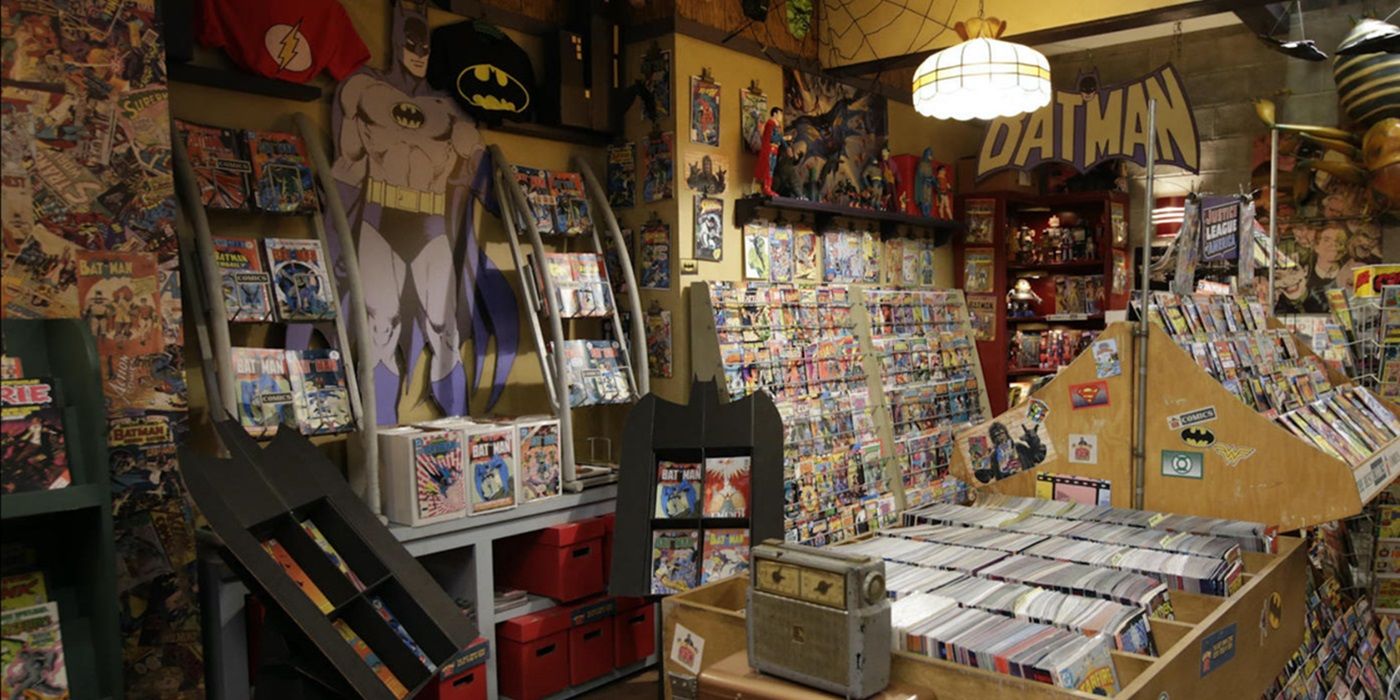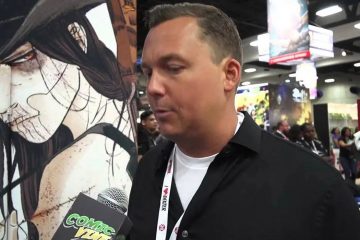Welcome to the 915th installment of Comic Book Legends Revealed, a column where we examine three comic book myths, rumors and legends and confirm or debunk them. This time, in our third legend, discover some aspects of the history of the comic book Direct Market that are surprisingly not that commonly known. Now, before anything else, you might be asking yourself, “Wait, is Brian using the comic book store from Young Sheldon as the header image about the history of the comic book Direct Market?” And yes, yes I am, for two reasons, one more important than the other. First, because it is sketchy to use people’s personal photos of their comic book stores from the 1970s and 1980s (while a shot of a comic book store from a current sitcom set in the 1980s is fine). Two, because the Young Sheldon Set Designer, Richard C Walker, and the Production Designer, Joe Lucky, did a MARVELOUS job creating a stereotypical 1980s comic book store, so I wanted to applaud them a bit. The way that it works is that the company sends out, say, 300,000 copies of, say, Batman #310, to newsstands around the country. Let’s say, I dunno, 200,000 of them sell in any given month (you had a couple of months to sell them). So then those extra 100,000 copies would be sent back and they would be destroyed.
Welcome to the 915th installment of Comic Book Legends Revealed, a column where we examine three comic book myths, rumors and legends and confirm or debunk them. This time, in our third legend, discover some aspects of the history of the comic book Direct Market that are surprisingly not that commonly known.
Now, before anything else, you might be asking yourself, “Wait, is Brian using the comic book store from Young Sheldon as the header image about the history of the comic book Direct Market?” And yes, yes I am, for two reasons, one more important than the other. First, because it is sketchy to use people’s personal photos of their comic book stores from the 1970s and 1980s (while a shot of a comic book store from a current sitcom set in the 1980s is fine). Two, because the Young Sheldon Set Designer, Richard C Walker, and the Production Designer, Joe Lucky, did a MARVELOUS job creating a stereotypical 1980s comic book store, so I wanted to applaud them a bit.
The way that it works is that the company sends out, say, 300,000 copies of, say, Batman #310, to newsstands around the country. Let’s say, I dunno, 200,000 of them sell in any given month (you had a couple of months to sell them). So then those extra 100,000 copies would be sent back and they would be destroyed.
#Deciphering #History #Comic #Book #Direct #Market
Note:- (Not all news on the site expresses the point of view of the site, but we transmit this news automatically and translate it through programmatic technology on the site and not from a human editor. The content is auto-generated from a syndicated feed.))



